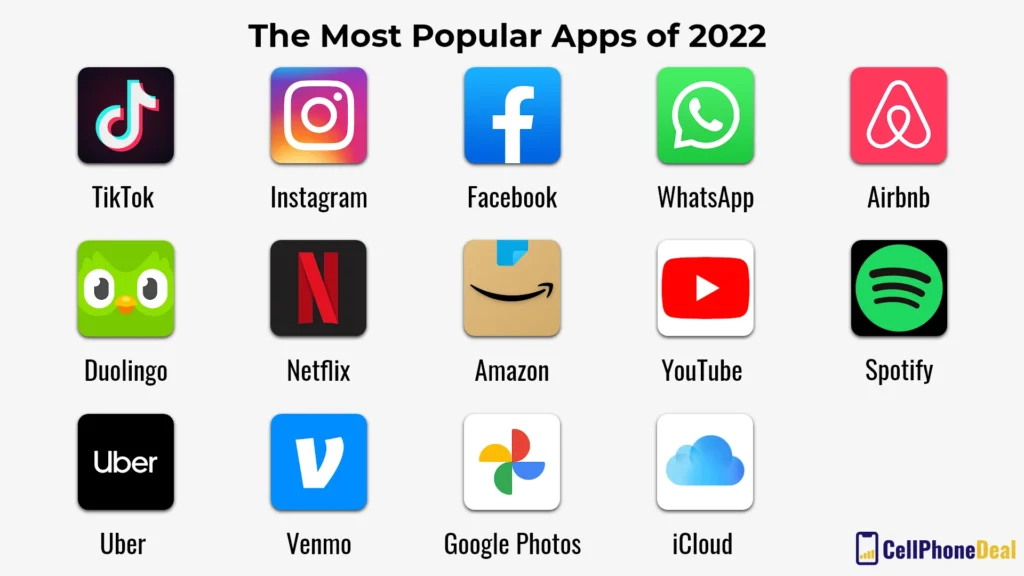In an era where electric vehicles (EVs) are becoming increasingly popular, Google Maps has taken a significant step forward by adding real-time EV charging information. This innovative feature not only helps drivers locate charging stations but also provides crucial details such as availability and charging speeds. With the rise of sustainable transportation, understanding how to navigate the charging landscape is essential for EV owners. In this article, we will explore the implications of this new feature and how it can transform your driving experience.
As we delve deeper, you will learn about the various functionalities that Google Maps offers regarding EV charging stations. From filtering options to user reviews, these enhancements aim to make your journey smoother and more efficient. Additionally, we will discuss how this feature can alleviate range anxiety, a common concern among electric vehicle drivers, by ensuring that you always have access to the information you need when you need it.
Furthermore, we will highlight the importance of real-time data in the context of EV charging and how it can influence your travel plans. By understanding the benefits of this feature, you will be better equipped to make informed decisions on the road. So, whether you are a seasoned EV driver or considering making the switch, keep reading to discover how Google Maps is revolutionizing the way we charge our electric vehicles.
As electric vehicles (EVs) become increasingly popular, the need for accessible and accurate charging information is paramount. Google Maps has stepped up to meet this demand by integrating real-time EV charging station data into its platform. This feature not only enhances the user experience for EV owners but also promotes the adoption of electric vehicles by making charging more convenient.
The Importance of Real-time Charging Information
Real-time charging information is crucial for EV drivers who need to plan their journeys effectively. Knowing the availability of charging stations can significantly reduce range anxiety, a common concern among electric vehicle owners. With Google Maps providing live updates on charging station status, users can make informed decisions about where to stop for a charge, ensuring they do not run out of battery during their travels.
This feature also allows users to filter charging stations based on their preferences, such as charging speed and connector type. By offering this level of detail, Google Maps enhances the overall driving experience for EV owners, making it easier to find suitable charging options along their routes.
How Google Maps Sources Charging Station Data
Google Maps aggregates data from various sources to provide accurate and up-to-date information about EV charging stations. This includes partnerships with charging network providers, user-generated content, and real-time updates from the stations themselves. By leveraging this diverse data pool, Google Maps can offer a comprehensive view of charging availability, ensuring users have the most reliable information at their fingertips.
Additionally, Google Maps employs machine learning algorithms to analyze usage patterns and predict charging station demand. This predictive capability allows the platform to inform users about peak times and potential wait times, further enhancing the planning process for EV drivers.
User Experience Enhancements with EV Charging Info
The integration of real-time EV charging information into Google Maps significantly improves the user experience. Users can now view charging stations directly on the map, complete with details such as the number of available chargers, charging speeds, and user ratings. This transparency helps users choose the best charging options based on their needs.
Moreover, the ability to navigate directly to a charging station from the map interface streamlines the process for EV drivers. With just a few taps, users can find the quickest route to their next charge, making long-distance travel more feasible and enjoyable.
The Impact on EV Adoption Rates
By providing real-time charging information, Google Maps plays a vital role in promoting electric vehicle adoption. As more drivers become aware of the convenience and accessibility of charging stations, they may be more inclined to consider switching to an electric vehicle. This shift is essential for reducing carbon emissions and promoting sustainable transportation solutions.
Furthermore, the visibility of charging infrastructure on widely used platforms like Google Maps can encourage local governments and businesses to invest in more charging stations, creating a more robust network that supports EV growth.
Future Developments in EV Charging Technology
The addition of real-time charging information is just the beginning for Google Maps. As technology continues to evolve, we can expect further enhancements in how charging data is presented and utilized. Future developments may include integration with smart grid technology, allowing users to find charging stations that are powered by renewable energy sources.
Additionally, advancements in vehicle-to-grid technology could enable EVs to not only draw power from the grid but also return energy during peak demand times. Google Maps could play a pivotal role in facilitating these interactions, providing users with insights into the best times to charge based on energy prices and availability.
Conclusion: A Step Towards Sustainable Transportation
The integration of real-time EV charging information into Google Maps marks a significant step towards a more sustainable transportation future. By making charging more accessible and user-friendly, Google Maps is helping to alleviate concerns surrounding electric vehicle ownership and encouraging more drivers to make the switch.
As the demand for electric vehicles continues to rise, features like these will be essential in supporting the transition to greener transportation options. With ongoing improvements and innovations, Google Maps is poised to remain at the forefront of this movement, driving the future of mobility.
| Feature | Description |
|---|---|
| Real-time Charging Availability | Google Maps now provides users with real-time information on the availability of electric vehicle (EV) charging stations, allowing drivers to find open chargers quickly. |
| Location-Based Services | The feature utilizes location data to show nearby charging stations, enhancing convenience for EV owners on the go. |
| Filter Options | Users can filter charging stations based on various criteria, such as charging speed, connector type, and user ratings. |
| Integration with Navigation | The real-time charging info is integrated into Google Maps’ navigation system, providing optimal routes that include charging stops. |
| Community Feedback | Users can contribute to the accuracy of the information by reporting the status of charging stations, helping to keep the data up-to-date. |
| Impact on EV Adoption | This feature aims to alleviate range anxiety among potential EV buyers, encouraging more people to consider electric vehicles as a viable option. |


